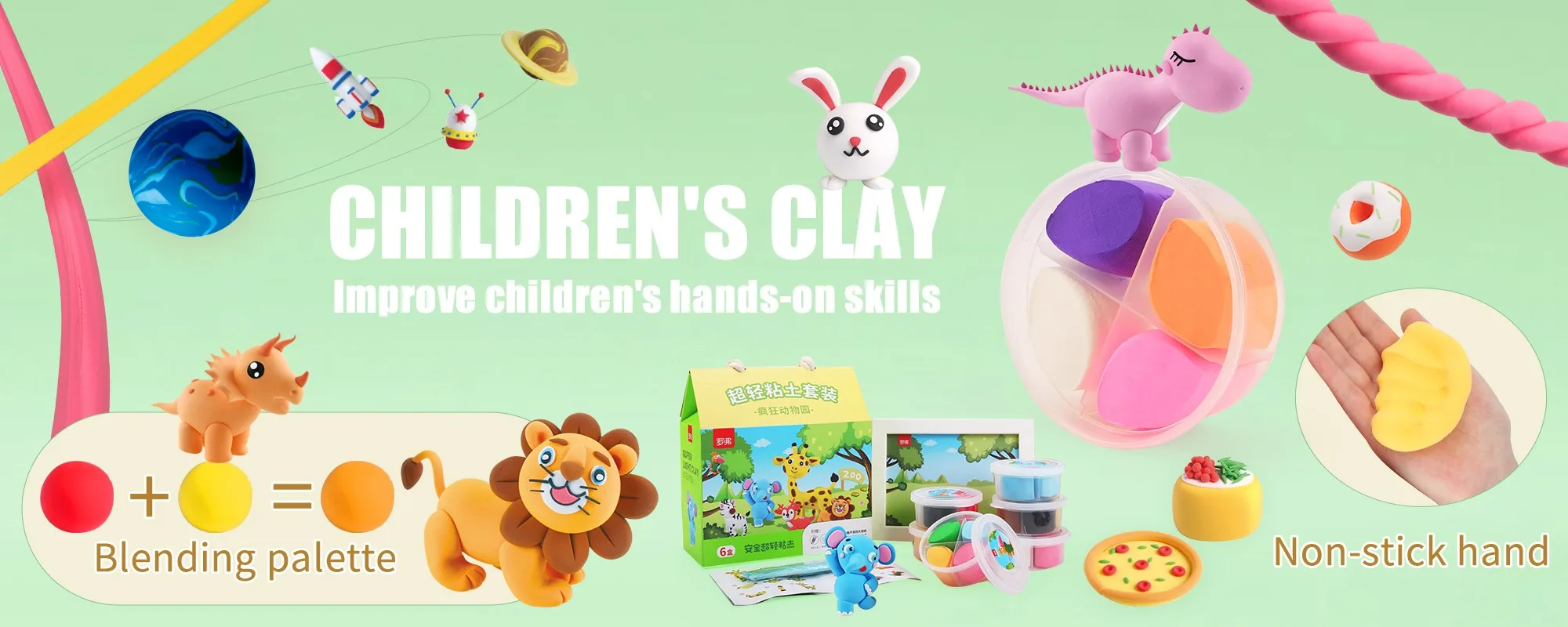Understanding OEM Air Hardening Modelling Clay
OEM air hardening modelling clay is a versatile material widely used in various artistic and industrial applications. Its unique properties allow it to dry naturally when exposed to air, making it an excellent choice for sculptors, educators, and hobbyists alike. With the added benefit of being non-toxic and easy to work with, this type of clay has become increasingly popular among artists who seek reliable and safe materials for their projects.
One of the key advantages of OEM air hardening modelling clay is its ability to retain fine details after drying. This attribute makes it particularly suitable for creating intricate designs and models that require precision. Additionally, the clay can be easily molded and shaped, offering users the flexibility to express their creativity without the constraints of traditional firing methods.
ASTM Certification and Quality Assurance

ASTM certification plays a crucial role in ensuring the quality and safety of OEM air hardening modelling clay. The American Society for Testing and Materials (ASTM) sets rigorous standards that manufacturers must meet to guarantee that their products are safe for consumers. This certification provides customers with confidence in the material’s performance and reliability, knowing it adheres to established safety guidelines.
The certification process involves comprehensive testing of the clay’s composition, durability, and non-toxicity. By achieving ASTM certification, manufacturers demonstrate their commitment to producing high-quality products that meet or exceed industry standards. This not only benefits consumers but also enhances the manufacturer’s reputation in a competitive market.
| Nr. | Product |
| 1 | magic modeling foam clay Price |
| 2 | OEM play dough with CE certification Best China Factory |
| 3 | OEM Slime with UKCA certification Factories |
| 4 | soft modeling clay Wholesaler |
Applications of OEM Air Hardening Modelling Clay
OEM air hardening modelling clay is used in a variety of applications, ranging from art and education to prototyping and product design. Artists often utilize this clay for creating sculptures, figurines, and decorative items due to its ease of use and ability to hold shape. Schools and educational institutions also incorporate it into art programs, allowing students to explore their creativity and develop their sculpting skills.
Moreover, the clay is increasingly favored in the prototyping sector, where designers require a material that can quickly be shaped and modified. Its quick-drying nature allows for rapid iterations, making it an ideal choice for product development processes. As industries continue to evolve, the demand for reliable and versatile materials like OEM air hardening modelling clay remains strong.
